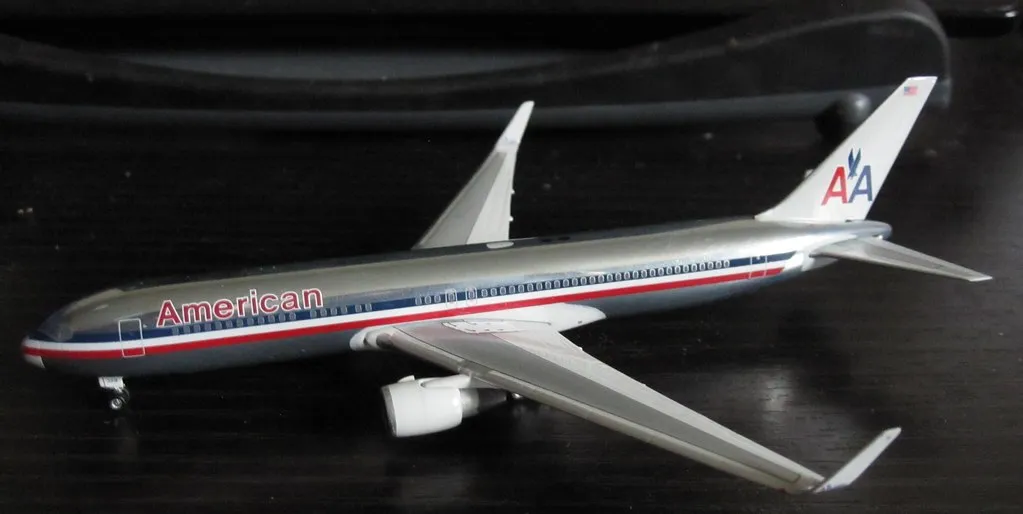What is a 1 200 Diecast Aircraft
A 1 200 diecast aircraft is a miniature replica of a real-world aircraft, meticulously crafted to a 1 200 scale. This means that the model is 1/200th the size of the actual aircraft. Diecast models are typically made from metal, often a zinc alloy, which provides a satisfying weight and durability. These models are highly sought after by collectors and enthusiasts due to their detailed designs and the precision with which they replicate the original aircraft. The 1 200 scale is a popular choice among collectors because it offers a good balance between size and detail, making them suitable for display while still being manageable in terms of space. Owning a 1 200 diecast aircraft is like having a piece of aviation history in your hands, perfect for those who appreciate both the engineering and the aesthetic beauty of flight.
Materials Used in Diecast Aircraft
The primary material used in the construction of 1 200 diecast aircraft is typically a zinc alloy, often referred to as Zamak. This alloy is chosen for its excellent casting properties, which allows manufacturers to capture intricate details with high precision. The use of metal provides the model with a realistic weight and feel, enhancing the overall collecting experience. In addition to the main body, these models often incorporate other materials. For instance, plastic might be used for transparent parts like windows and some smaller components. Rubber or plastic can also be used for tires, adding to the model’s realism. The combination of materials ensures both durability and the ability to achieve the necessary levels of detail required to accurately represent different aircraft models, down to the rivets and panel lines.
Manufacturing Process
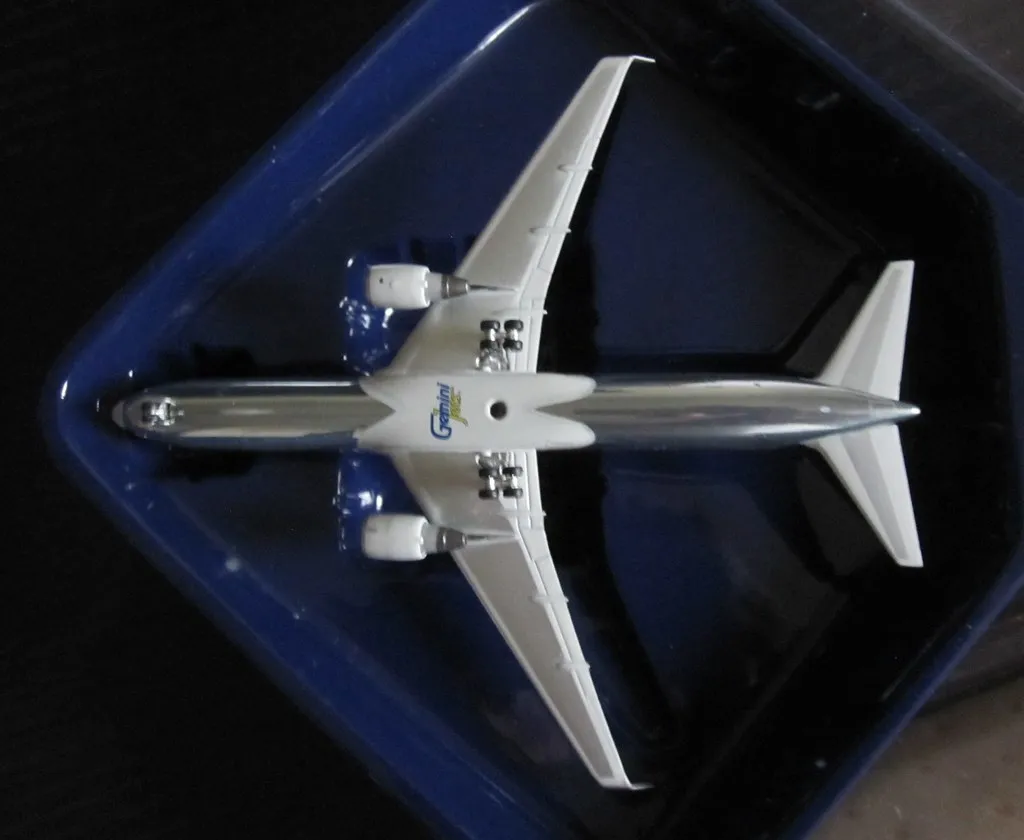
The manufacturing of 1 200 diecast aircraft is a complex process that combines technology and skilled craftsmanship. The process begins with the creation of detailed molds, which are used to cast the metal components. Molten zinc alloy is injected into the molds under high pressure, allowing it to fill every intricate detail. Once the metal has cooled and solidified, the model parts are extracted from the molds. These parts then undergo a series of finishing processes. This includes cleaning, trimming excess material, and assembling the various components. Many models go through a painting process, where they are painted with accurate colors and markings based on the original aircraft. Finally, the models are inspected for quality and packaged, ready for collectors. Modern manufacturing often makes use of computer-aided design (CAD) and computer-aided manufacturing (CAM) for higher precision.
Scale and Accuracy
Scale and accuracy are paramount in the world of 1 200 diecast aircraft. The 1 200 scale ensures that models maintain consistent proportions, making it easy for collectors to compare the sizes of different aircraft. Accuracy in these models goes beyond just the dimensions; it also includes details such as the shape of the wings, the position of the engines, and the design of the landing gear. Manufacturers often consult with experts or use detailed blueprints and photographs of the real aircraft to ensure that their models are as accurate as possible. The level of detail can vary depending on the manufacturer and the price point of the model. Higher-end models often include finer details such as individual panel lines, antennas, and even the markings on the cockpit. Accurate color schemes and authentic liveries are also critical factors in the appeal and value of these models. The quest for perfect accuracy is a key driver of innovation in diecast model manufacturing, leading to ever-more-realistic and detailed aircraft miniatures.
The Importance of Detail
The importance of detail in 1 200 diecast aircraft cannot be overstated. It is this level of detail that truly separates a good model from a great one. Collectors are drawn to the meticulous replication of real-world aircraft, and it is the small details that make the models come to life. This includes the accurate representation of panel lines, rivets, and access panels, as well as the inclusion of antennas, probes, and other external features. Even the smallest features, such as the placement of the aircraft’s registration numbers or the logos of the airline, can contribute significantly to the overall realism of the model. The attention to detail extends to the interior of the aircraft, where visible, with cockpit details, passenger windows, and even miniature seats often present. These details are achieved through precise manufacturing processes. The finer the detail, the more valuable and appealing the model becomes to collectors and enthusiasts. The quest for realism is always on, with manufacturers continually striving to create models that are as close to the real thing as possible.
Top 5 Amazing Facts About 1 200 Diecast Aircraft
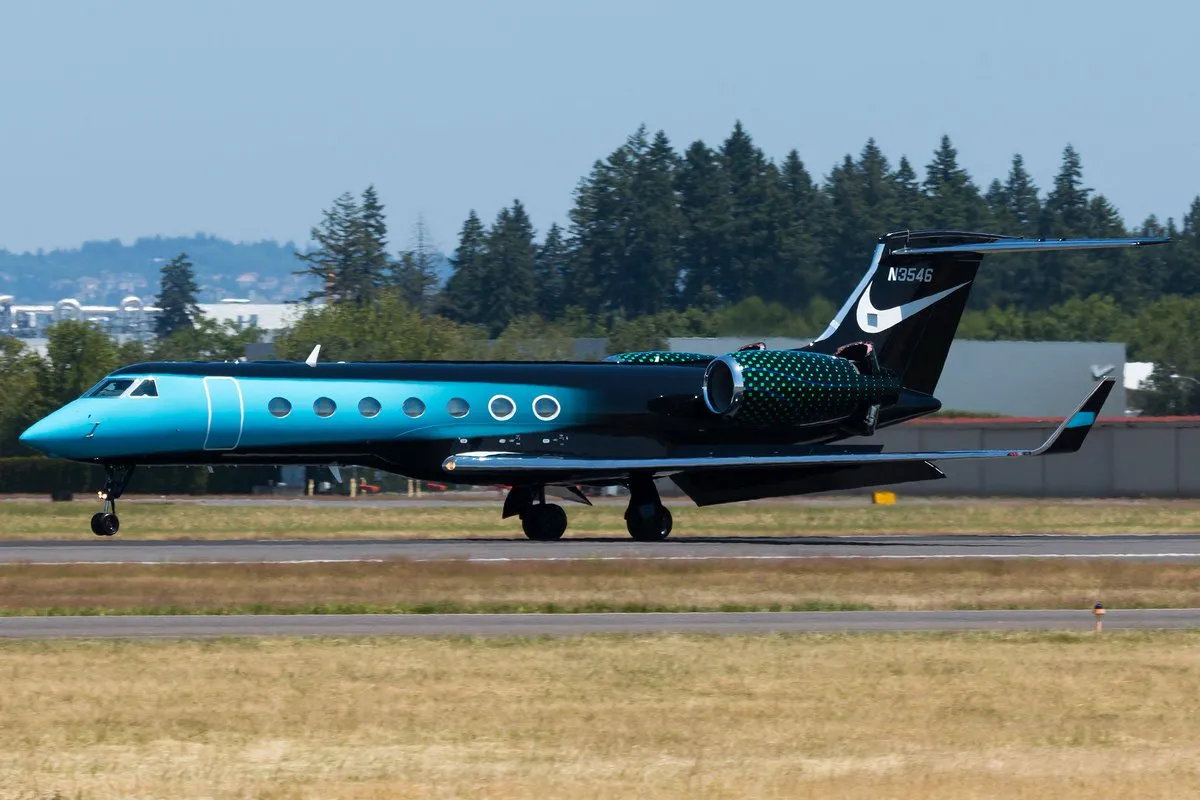
Fact 1 History and Origins
The history of 1 200 diecast aircraft models is closely tied to the evolution of both aviation and the model-making industry. These models gained popularity in the mid-20th century, coinciding with the rise of commercial air travel and the fascination with flight. Early models were often simpler, reflecting the manufacturing technologies of the time. As aviation technology advanced, so did the sophistication of the models. The development of die-casting techniques allowed for more intricate designs and greater detail. The models weren’t just toys; they became collectibles, appreciated for their accuracy and the engineering they represented. Over the decades, manufacturers refined their techniques, incorporating new materials and processes to create more realistic and detailed miniatures. The models also mirrored historical events, with many models of iconic aircraft that played significant roles in aviation history. This historical connection adds to the appeal of these models, making them a tangible link to the past and a tribute to the progress of human flight.
Fact 2 Popularity Among Collectors
The popularity of 1 200 diecast aircraft models among collectors is driven by a combination of factors. Firstly, the scale offers a perfect balance between size and detail, making them ideal for display and storage. Secondly, the models allow collectors to celebrate their passion for aviation. Furthermore, the detailed craftsmanship of these models appeals to those who appreciate fine art and design. Collecting allows individuals to build a miniature museum of aviation history, with each model representing a specific aircraft, era, or event. The sense of community is another significant factor. Online forums, collector clubs, and model shows provide platforms for collectors to share their collections, exchange knowledge, and buy or sell models. Rarity and limited editions also drive interest, as some models become highly sought after and increase in value over time. For many, collecting these models is a deeply personal hobby, a way to connect with the world of aviation and preserve a piece of its rich history.
Fact 3 Variety of Aircraft Models

One of the most exciting aspects of collecting 1 200 diecast aircraft models is the incredible variety available. Manufacturers produce models of virtually every type of aircraft imaginable, from classic propeller-driven planes of the early 20th century to modern jet airliners and military aircraft. This variety provides collectors with endless possibilities for building a diverse and interesting collection. Collectors can specialize in specific aircraft types, such as Boeing or Airbus models, or they may focus on certain eras, such as the golden age of aviation. Military aircraft models offer a wide range of options, including fighters, bombers, and transport planes from various countries and conflicts. Limited edition models and those representing unique liveries or historical events add further diversity. The ever-expanding range of models ensures that there is something for every collector, no matter their interest. This variety encourages a constant search for new additions, making collecting a dynamic and engaging hobby. The availability of models also reflects the ongoing evolution of aviation technology, as manufacturers constantly release new models to keep up with the latest aircraft designs.
Fact 4 Investment Potential
1 200 diecast aircraft models can have significant investment potential, although this is not guaranteed. The value of a model can be affected by several factors, including its rarity, the manufacturer, the condition of the model, and the demand from collectors. Limited edition models, those with rare liveries, or those representing historically significant aircraft often appreciate in value over time. The manufacturer also plays a role, with certain brands known for quality and desirability among collectors. The condition of the model is also crucial; models in their original packaging and in pristine condition typically command higher prices. As with any collectible, the market for 1 200 diecast aircraft can fluctuate. Research is key to understanding which models are likely to appreciate in value. Staying informed about current trends, the releases of new models, and the preferences of other collectors helps to make informed decisions. Building a collection with a variety of models, including some that are particularly rare or in high demand, can offer the potential for financial gains, but it’s important to consider it more as a long-term investment, with enjoyment a primary goal.
Fact 5 Display and Storage
Proper display and storage are essential for preserving the value and condition of 1 200 diecast aircraft models. Displaying models in a dust-free environment is crucial; glass display cases or cabinets are ideal. These cases not only protect the models from dust but also offer a visually appealing way to showcase the collection. Direct sunlight can cause the colors of the models to fade over time, so displaying them in a shaded area is recommended. When storing models, it is best to keep them in their original packaging if possible, as this helps to protect them from damage. If original packaging is not available, consider storing the models in individual boxes or cases. The storage area should be dry and temperature-controlled to prevent moisture damage or warping. Periodic cleaning with a soft cloth is necessary to remove any dust that may accumulate. Proper display and storage ensure that the models remain in excellent condition. They can also make them more appealing to potential buyers if you decide to sell them in the future. The goal is to create an environment where the models can be enjoyed for years to come, preserving their beauty and value.
Collecting and Displaying 1 200 Diecast Aircraft
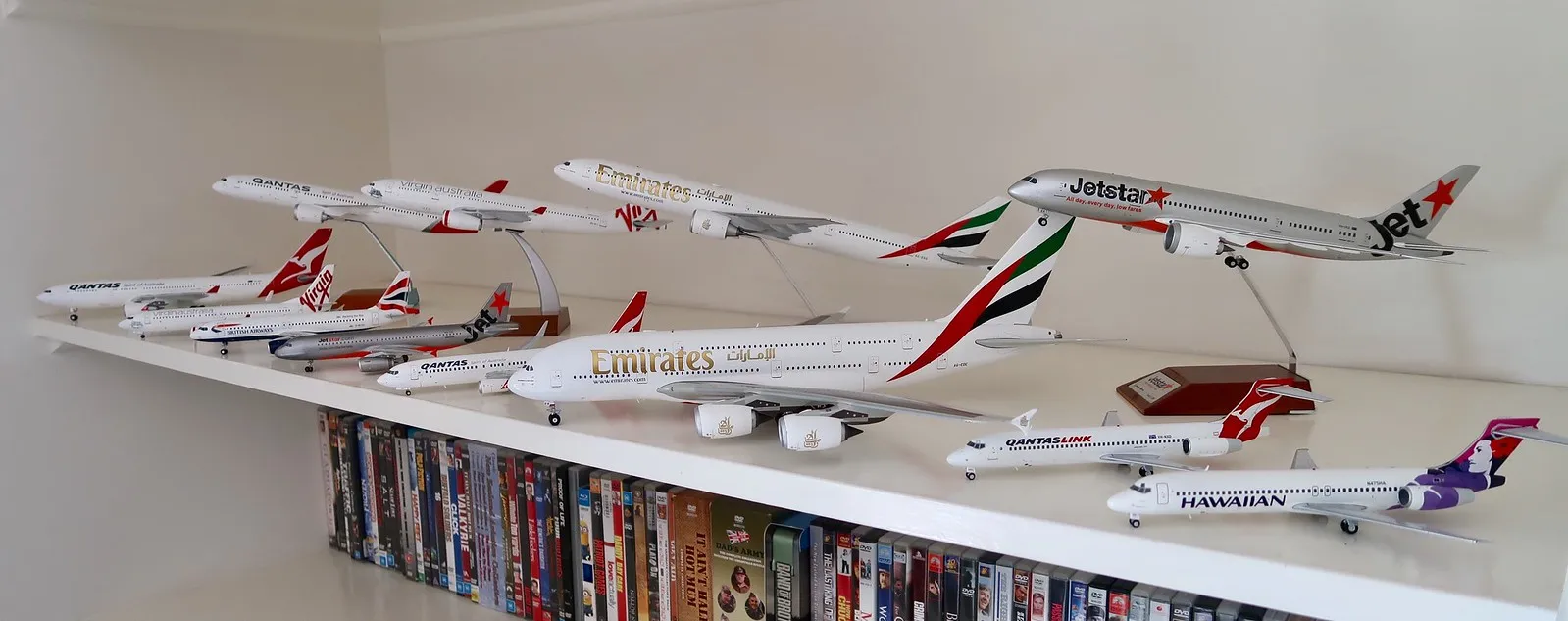
Where to Buy
Finding 1 200 diecast aircraft models can be an exciting part of the collecting journey. Several avenues are available to collectors, each with its own advantages. Online marketplaces, such as eBay and specialized model aircraft websites, offer a wide selection of models from various manufacturers and sellers. These platforms allow you to compare prices, read reviews, and often find rare or hard-to-find models. Local hobby shops and model stores are another excellent resource, providing the opportunity to see the models in person and speak with knowledgeable staff who can offer advice. Model shows and conventions are fantastic for discovering new models and connecting with other collectors. They also provide a chance to find exclusive models. Auctions are also a great way to acquire models, as well as private sellers and collector groups. Be sure to research sellers and examine the model’s condition before making a purchase. The best source will depend on your personal preferences, budget, and the types of models you are looking for. Building relationships with reputable dealers can also be beneficial. The more time you spend searching, the more rewarding the experience becomes.
How to Display
Displaying your 1 200 diecast aircraft models is a creative process that allows you to showcase your collection and enhance their visual appeal. The most common method is to use display cases or cabinets with glass shelves. These cases protect the models from dust while allowing them to be viewed easily. Arrange the models strategically; you may group them by aircraft type, airline, or era. Consider using backdrops, such as airport scenes or historical photographs, to create a more immersive display. Lighting can significantly enhance the display. LED spotlights or strip lights can illuminate the models, highlighting their details and adding a dramatic effect. Ensure the lighting is positioned to avoid direct sunlight, which can damage the models. For larger collections, you might consider building a custom display. This allows you to tailor the display to your space. Some collectors create dioramas, incorporating runways, buildings, and other accessories to simulate airport environments. The possibilities are endless, and the key is to create a display that reflects your personal style and highlights the beauty of your models.
Care and Maintenance
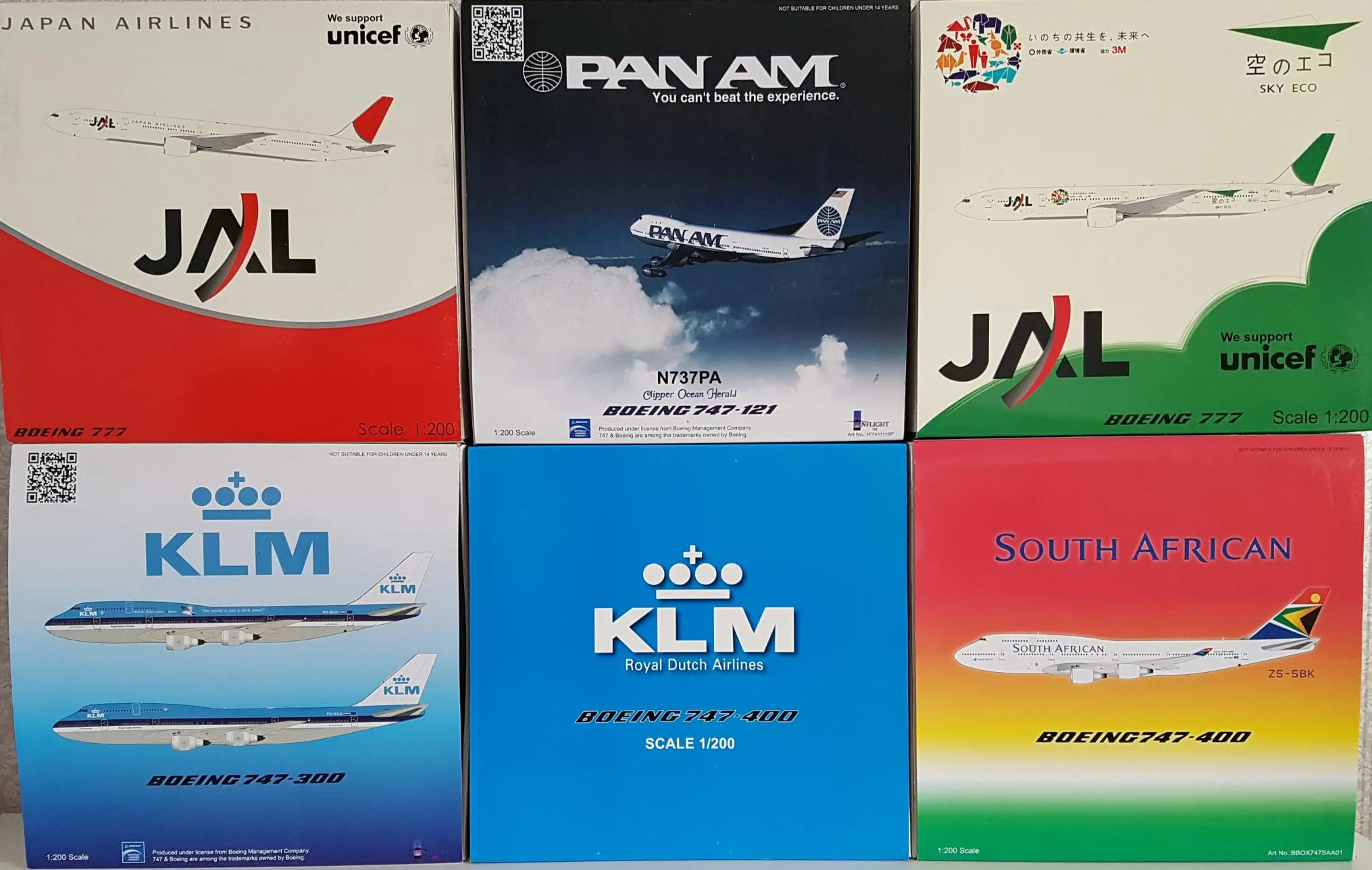
Proper care and maintenance are essential to preserve the value and condition of your 1 200 diecast aircraft models. Dust is the enemy, so regularly cleaning the models is important. Use a soft, lint-free cloth or a specialized model-cleaning brush to gently remove dust and debris. Avoid using harsh chemicals or abrasive cleaners, as these can damage the paint and details. If a model becomes dirty, slightly dampen the cloth with lukewarm water, being careful not to get any electronic components wet. Store the models in a cool, dry place away from direct sunlight and extreme temperatures. Protect them from fluctuations in humidity, which can cause corrosion or other damage. When handling the models, hold them by their wings or fuselage to avoid touching delicate parts. Transport the models carefully, and consider using protective packaging if you move them. Following these basic care and maintenance guidelines will help your collection stay in top condition and ensure that you enjoy your models for years to come. Proper care also increases the long-term value of your models, making them a sound investment as well as a source of pleasure.
Conclusion
Collecting 1 200 diecast aircraft is a rewarding hobby that combines the thrill of collecting with a deep appreciation for aviation history and engineering. From the meticulous detail of the models to the wide variety of aircraft represented, there is something to captivate every enthusiast. Whether you are a seasoned collector or a newcomer, the world of diecast aircraft offers endless opportunities for exploration, learning, and enjoyment. Remember to approach collecting with a passion for the subject. Proper research, careful display, and diligent maintenance are essential to preserving your collection’s value and beauty. Enjoy the journey of building your collection and celebrating the wonders of flight through these meticulously crafted miniatures. The world of 1 200 diecast aircraft models is vast and exciting, promising an enriching hobby for years to come.
